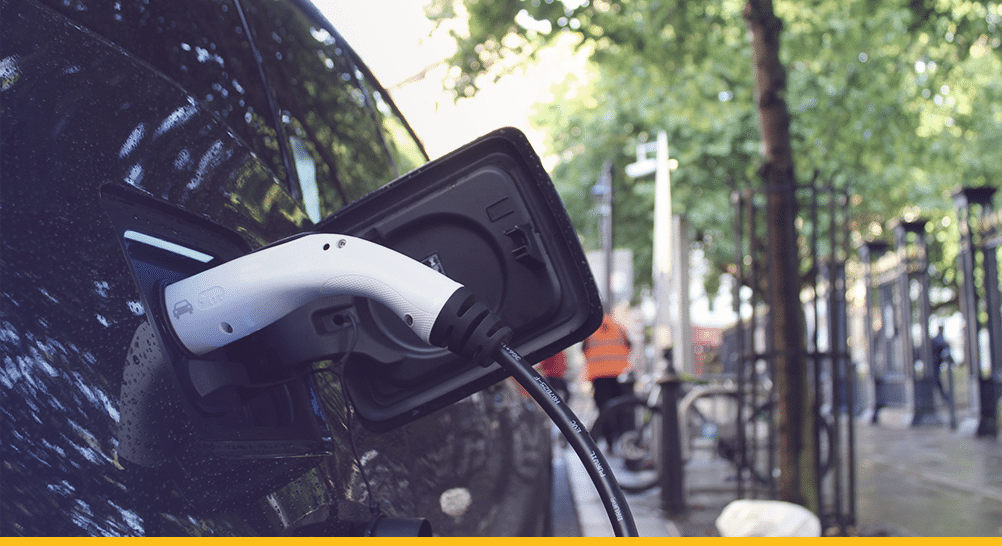Two major factors are currently shaping convenience store customer experience: on-the-go food options and electric vehicle (EV) charging stations. But how do c-stores find the sweet spot of customer satisfaction in both arenas? To know what food options your consumers prefer and to know how EV charging is impacting revenue, retailers need to be testing before investing with a solid convenience store test and learn platform.
At MarketDial, we’ve had retailers test everything from whether or not adding made-to-order food or barstools and tables impacts revenue to whether or not placing chips by made-to-order increases sales. And with the price of EV installation currently running anywhere from $500K to $1M, knowing what expected revenue will be before installation is essential.
Convenience store test and learn food hypotheses
Need some ideas on how testing can support you in finding the optimal food solutions for your customers? These hypotheses cover a range of factors that can influence food choices and sales at convenience stores, from pricing and promotions to customer demographics and store layout. Researchers can design experiments or studies to test these ideas out and gain insights into consumer behavior.
Location and food preferences: The types of food items purchased at convenience stores vary by geographic location, with urban stores selling more prepared foods and rural stores selling more snacks and beverages.
Price and sales: Lowering the prices of popular food items in convenience stores will lead to an increase in sales.
Promotions and purchase behavior: Offering buy-one-get-one-free (BOGO) promotions on healthier food items will encourage customers to choose healthier snacks.
Time of day and food choices: The choice of food items purchased at convenience stores varies throughout the day, with more breakfast items in the morning and more snacks in the evening.
Seasonal variations: There are seasonal variations in the sale of certain food items at convenience stores, such as increased ice cream sales during the summer.
Nutritional labeling and choices: Adding clearer nutritional labeling to food items will lead to customers making more informed, healthier choices.
Product placement and sales: Placing healthier food items at eye level and within easy reach will result in higher sales of these items compared to less healthy alternatives.
Demographics and food preferences: The age and gender of customers influence the types of food items they purchase at convenience stores.
Brand loyalty and purchasing habits: Customers who are loyal to specific brands are more likely to purchase those brands even when faced with alternative options at convenience stores.
Food safety and perceptions: Customers are more likely to purchase food items at convenience stores that have a visible food safety certification or rating.
Cultural influences on food choices: The cultural backgrounds of customers influence the types of ethnic and specialty foods purchased at convenience stores.
Convenience store layout and shopping time: An efficient store layout that reduces shopping time will lead to increased sales of impulse food purchases.
Packaging and eco-friendly choices: Customers are more likely to choose food items with eco-friendly packaging when given the option.
Technology and mobile ordering: Implementing a mobile ordering and pickup system in convenience stores will lead to an increase in food sales.
Community and local food: Convenience stores that source and promote locally produced food items will see increased sales due to community support.
C-store EV possibilities
When looking for ways to dip into consumer’s EV needs, these convenience store test and learn hypotheses cover a range of factors that can impact the success and utilization of EV charging stations at convenience stores. Research and testing can help store owners and operators make informed decisions about their EV infrastructure investments and services.
Charging infrastructure and customer attraction: Installing electric vehicle charging stations at convenience stores will attract more EV owners to visit the store for shopping, leading to increased revenue.
Charging speed and customer satisfaction: Faster EV charging stations at convenience stores will result in higher customer satisfaction and more repeat visits.
Location and charging demand: The demand for EV charging at convenience stores is higher in urban areas compared to rural areas, and store locations should be strategically chosen to meet this demand.
Pricing and charging utilization: Offering competitive pricing for EV charging services at convenience stores will lead to higher utilization of the charging stations.
Charging station accessibility and customer loyalty: Customers who frequently use EV charging stations at a convenience store are more likely to become loyal shoppers at that store.
Renewable energy sources and charging stations: Providing EV charging stations powered by renewable energy sources at convenience stores will appeal to environmentally conscious customers and drive store traffic.
Charging station brand and perceptions: Customers have brand preferences for EV charging station providers, and the choice of charging station brand at a convenience store can impact customer perception.
Charging station integration and mobile apps: Implementing a user-friendly mobile app for finding and using EV charging stations at convenience stores will increase customer engagement and usage.
Charging station availability and peak times: Convenience stores with EV charging stations experience peak usage during specific times of the day or week, and this information can be used to optimize staffing and services.
EV charging and in-store purchases: EV owners who use charging stations at convenience stores are more likely to make in-store purchases during the charging session.
Charging station maintenance and reliability: Maintaining high reliability and uptime of EV charging stations at convenience stores is crucial to building customer trust and usage.
Marketing and EV awareness: Convenience stores that actively promote their EV charging services and benefits will see increased awareness and usage among EV owners.
EV fleet services and convenience stores: Offering special services and discounts for electric vehicle fleet operators at convenience stores with EV charging stations can lead to a significant increase in business.
Customer feedback and service improvement: Collecting and acting upon customer feedback related to EV charging services can lead to continuous improvement and higher satisfaction.
Cross-promotions with EV manufacturers: Partnering with electric vehicle manufacturers for cross-promotions can drive more EV owners to use charging stations at convenience stores.
Data analytics and charging behavior: Analyzing data on EV charging behavior at convenience stores can reveal patterns and insights that can inform marketing and operational decisions.
As can be seen, opportunities abound to test and learn more about your consumers to increase customer satisfaction. To learn more about how test and learn can support your business, check out these resources:
What is test and learn?
Enhance decision-making with test and learn software
Test and learn examples of retail success
A test and learn mindset: discover, adapt, and succeed




